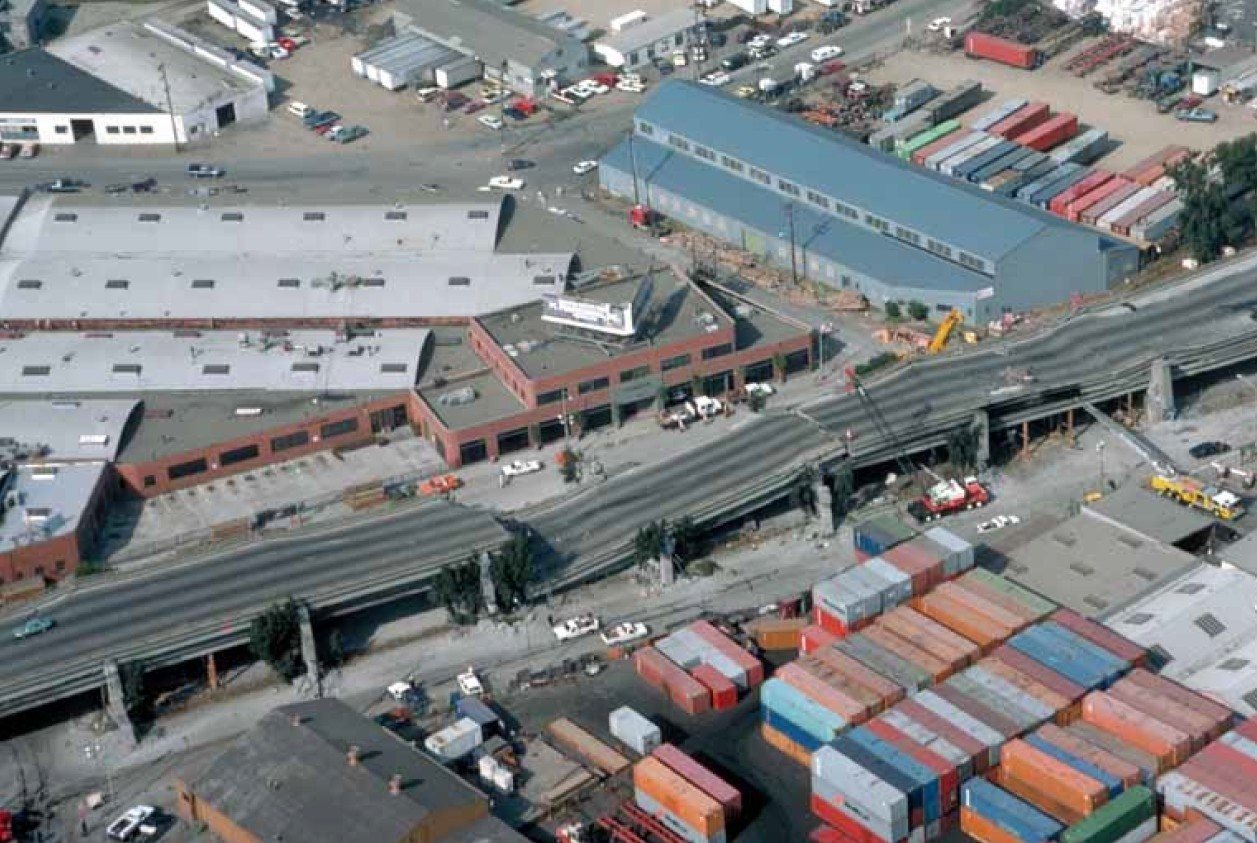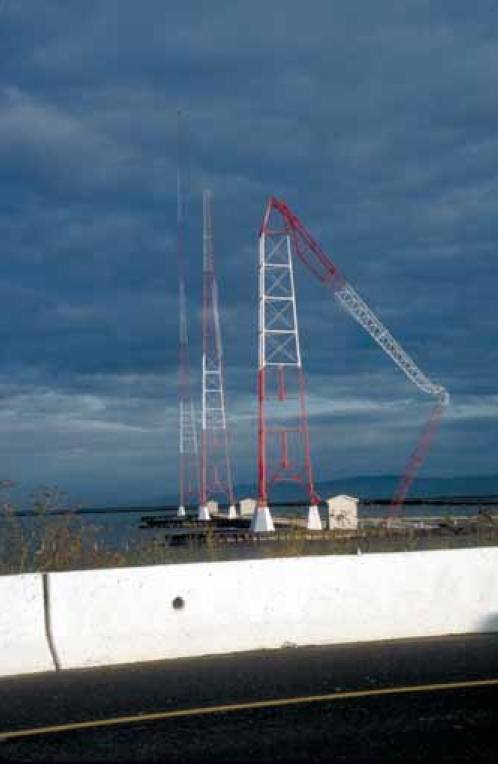Personal articles and comments on the world at large from a technical viewpoint.
Collapse of the I-880 Freeway in Oakland
Note: Dateline of article October 17, 1989, Article posted on blog October 21, 2017

[H.G. Wilshire, U.S. Geological Survey]
My Most Stressful Day at Work Ever: Earthquake!
October 17, 1989, an exciting day with Game 3 of the World Series set to start at 5:35 pm at Candlestick Park. It was a purely local event pitting the San Francisco Giants against their cross bay rivals, the Oakland Athletics. The Athletics were already up 2 games to none for the Giants. Then it happened, striking at 5:04 PM on national television. EARTHQUAKE!
It was a 6.9 (Richter Scale) earthquake with the epicenter near Loma Prieta, a mountain in southwest Santa Clara County and the highest peak in the Santa Cruz Mountains. The intense shaking, lasting up to 15 seconds, was felt from Monterey County to north of San Francisco. The casualties totaled 63 killed and 3,757 injured. A majority of the casualties resulted from the collapse of the double decker section of the I-880 Freeway in Oakland, pictured above.
AT the time the earthquake struck I was on the floor of our plating shop in our new circuit board facility. I was the chief technical officer of the company and also had responsibility for overall safety and chemical handling. The shop had 45 50-gallon process tanks, of which over 50% were devoted to rinse operations; a 2,400 gallon copper plating tank; an 800 gallon solder platting tank; and, a 600 gallon tin-nickel plating tank.
With the earthquake, the process solutions began to slosh back and forth in their respective tanks with quite a bit of wave action. Yet, we experienced only a minor splash out from one 50-gallon tanks. Fortunately, our shop in Fremont was one Bay Area location that did not lose electric power. We were able to clean-up the spill and run it (legally) through our wastewater treatment unit. As such, it was contained and did not constitute a reportable spill.
We would have been in desperate shape had any one or more of the process tanks ruptured. Such spillage would have constituted a hazardous situation requiring evacuation of the (bermed) plating shop and the use of an outside HazMat clean-up company. A mandatory report to the sewer district could have closed our operation which could potentially have ended the company.
Earlier in the year when I was designing the process tanks with the outside vender, I insisted that the tank designs include seismic bracing. While this consideration added about 15-20% to the cost of the tanks, the investors came to agreement that such seismic considerations were probably prudent. Thus, the company was able to resume operations on October 18.

[H.G. Wilshire, U.S. Geological Survey]